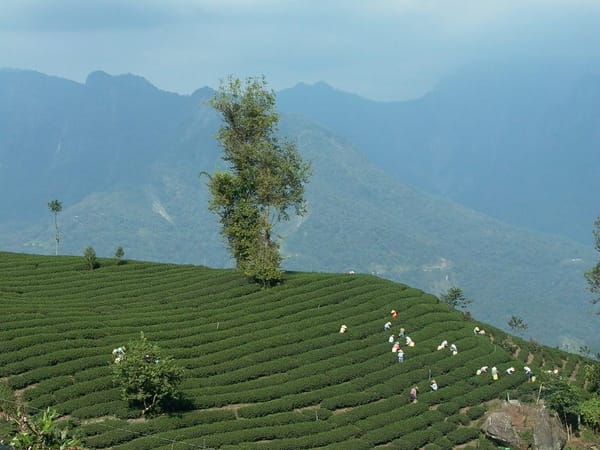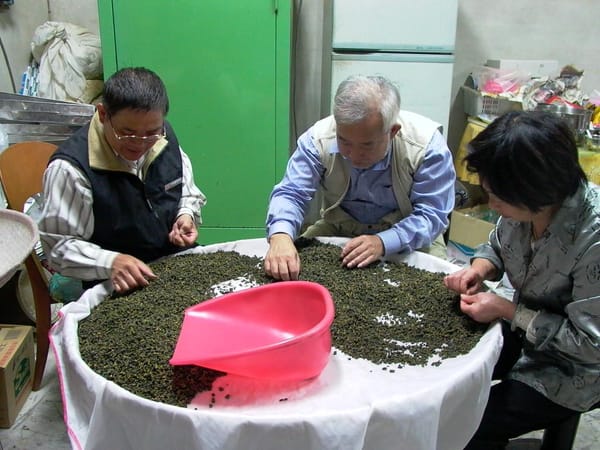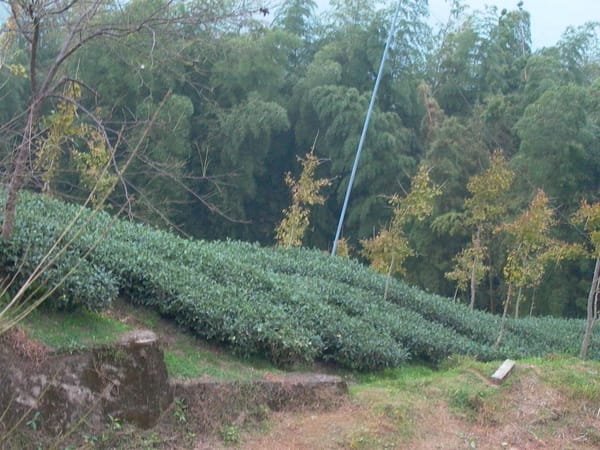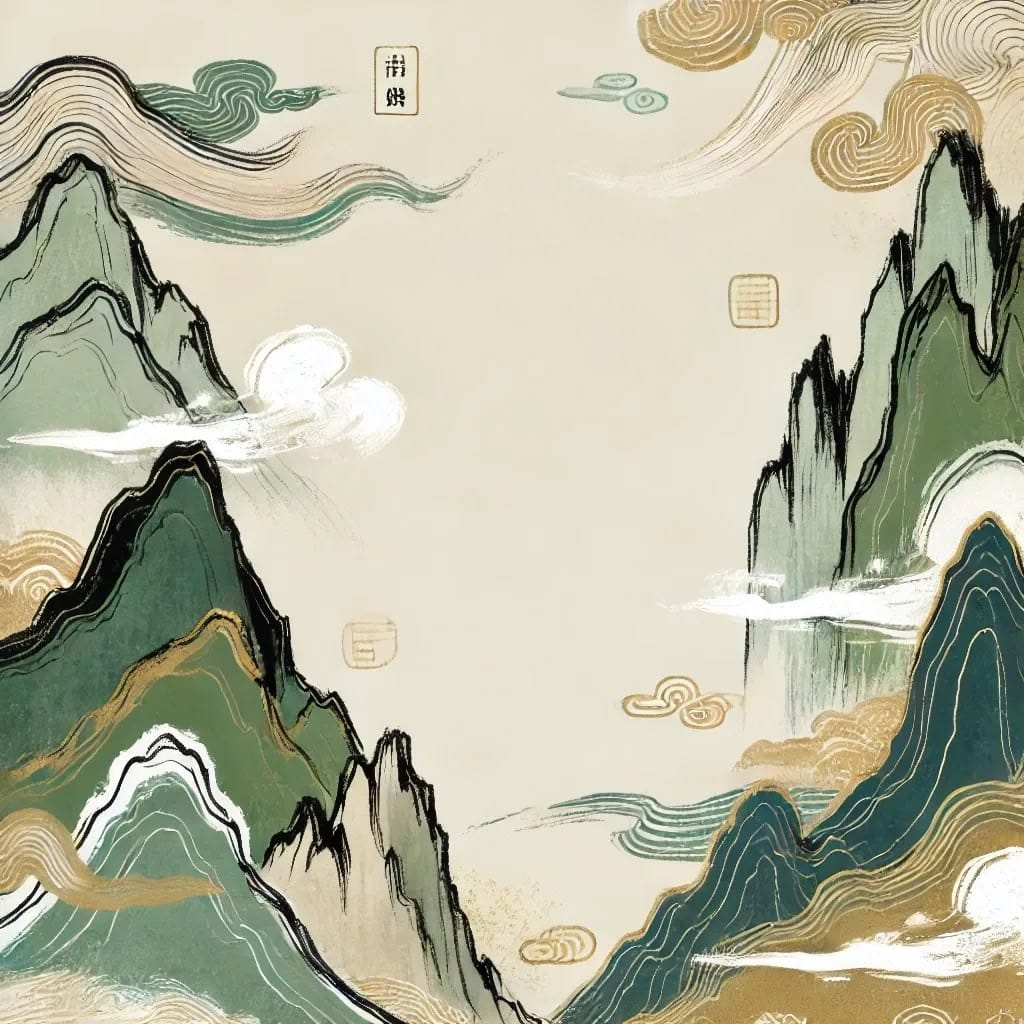In the remote highlands of Wuyi Mountain, Fujian, wisps of pine smoke drift gently through the air, filling Tongmu Village with a unique floral sweetness. This village is the birthplace of Chinese black tea, and the guardian of a 300-year-old tradition—the making of Zhengshan Xiaozhong. When a passing Taiping army inadvertently triggered the creation of the world’s first black tea, it was the tea artisans of Tongmu who transformed this serendipity into a timeless legacy.
The Legendary Origin of Zhengshan Xiaozhong
The birth of Zhengshan Xiaozhong was a historical accident. In the late Daoguang era, a Taiping army unit occupied Xingcun Tea Farm during spring harvest. Tea leaves were scattered across the ground, and the soldiers, lacking proper bedding, used sacks of fresh tea as makeshift mattresses. The next day, when the troops departed, the farm owner discovered that the tea had been compressed and over-fermented, altering its flavor.
Rather than discard this “ruined” batch, the owner turned to the skilled black tea masters of Tongmu. Using wok-firing and pinewood smoking, the artisans attempted to save the leaves. After hand-sorting and blending them with raw tea from Shaowu and Yanshan, the finished product was boxed, labeled “Souchong Black Tea,” and shipped to Fuzhou for sale through a foreign trading firm.
Surprisingly, this so-called ruined tea found favor in the British market. The fermentation removed bitterness, yielding a mellow, sweet liquor that captivated European palates. Thus, Souchong black tea rose from obscurity to global fame.
We now delve into the unique pine-smoking craftsmanship behind Zhengshan Xiaozhong, examining how Tongmu artisans refined pine-burning into a precise art, and how authentic Zhengshan compares with imitations from outside the region.
The Core Secrets of Smoking Craft
The Art of Pinewood Burning
The earliest black tea, Zhengshan Xiaozhong from Tongmu, is a smoked strip-style tea. The smoking and drying process is the key step. Artisans burn pinewood to infuse the leaves with smoke during drying—a process that appears simple but requires deep expertise.
Choosing the right pinewood is crucial. Different tree ages and sections produce distinct aromas. Tongmu tea masters, through generations of knowledge, have refined strict criteria: the smoke must be ample, clean, and free of harshness, while temperature must be precisely controlled to avoid over-roasting or damaging the tea’s intrinsic quality.
The Unique Flavor of Finished Tea
Zhengshan Xiaozhong’s hallmark is its sweet floral aroma, a result of meticulous pine-smoking. The flavor is layered—subtle smoky pine mingled with the natural sweetness of black tea, forming a rare and harmonious sensory experience.
This aroma relies not only on smoking but also on high-quality tea leaves. Tongmu’s exceptional environment provides ideal growing conditions, while traditional craftsmanship maximizes the leaf’s natural potential.
Zhengshan vs. Waishan: A Lineage That Matters
The Importance of Geographic Indication
To distinguish genuine products from imitations, the tea industry enforces strict geographic indicators. Tea from Tongmu is called “Zhengshan Xiaozhong” or “Xingcun Xiaozhong,” while copies from other areas are known as “Waishan Xiaozhong” or “Artificial Xiaozhong.” This naming protects brand value and ensures consumer confidence.
Zhengshan leaves come from areas around Tongmu Pass, including Sanguang, Longdu, Pikeng, Miaowan, and Shibankeng—regions inside Wuyishan National Nature Reserve. Nearby Xingcun and Caodun produce both high- and low-elevation teas, each offering subtle differences in character.
Inheriting and Innovating Craftsmanship
Though other regions have learned to mimic Zhengshan Xiaozhong, true craftsmanship remains in Tongmu. Key techniques include selecting suitable leaf material, controlling fermentation, managing pine burning heat, and timing the smoking—all requiring deep experience and refined skill.
During the Daoguang and Xianfeng reigns, the name “Zhengshan Xiaozhong” was overshadowed by Wuyi oolong teas. Yet the tradition never faded—it simply evolved as tea markets diversified. Tongmu Village preserved its heritage with quiet strength.
Preserving Tradition in a Modern Market
Growing Global Recognition
As the world’s first black tea, Zhengshan Xiaozhong’s historical and cultural value is gaining renewed international attention. Discerning tea drinkers now seek out authentic Tongmu teas for their complex pine-smoked character and rich heritage.
The Challenges and Opportunities of Legacy
Modern production pressures challenge traditional pine-smoking. Tongmu artisans now ask: how do we preserve the essence of this craft while adapting to today’s market?
Fortunately, interest in traditional culture and demand for high-quality tea are both rising. More young artisans are dedicating themselves to learning and carrying on this ancient practice, ensuring Zhengshan Xiaozhong’s secrets live on.
Conclusion: The Enduring Value of Tradition
The making of Zhengshan Xiaozhong is more than a tea process—it’s a living expression of Chinese tea culture. From its accidental birth during the Taiping Rebellion to its present-day refinement, Tongmu’s 300-year legacy reflects a journey of innovation, mastery, and cultural resilience.
Each sip of Zhengshan Xiaozhong is not just a harmony of pine and tea—it is a taste of history, craftsmanship, and cultural depth. It reminds us that great tea is the result of time, skill, and unwavering commitment to quality.
For today’s tea enthusiasts, understanding this process not only sharpens appreciation for fine tea but deepens insight into the cultural roots of Chinese tea. We encourage curious readers to explore the Wuyi tea region and witness how red tea craftsmanship has evolved around the world.





